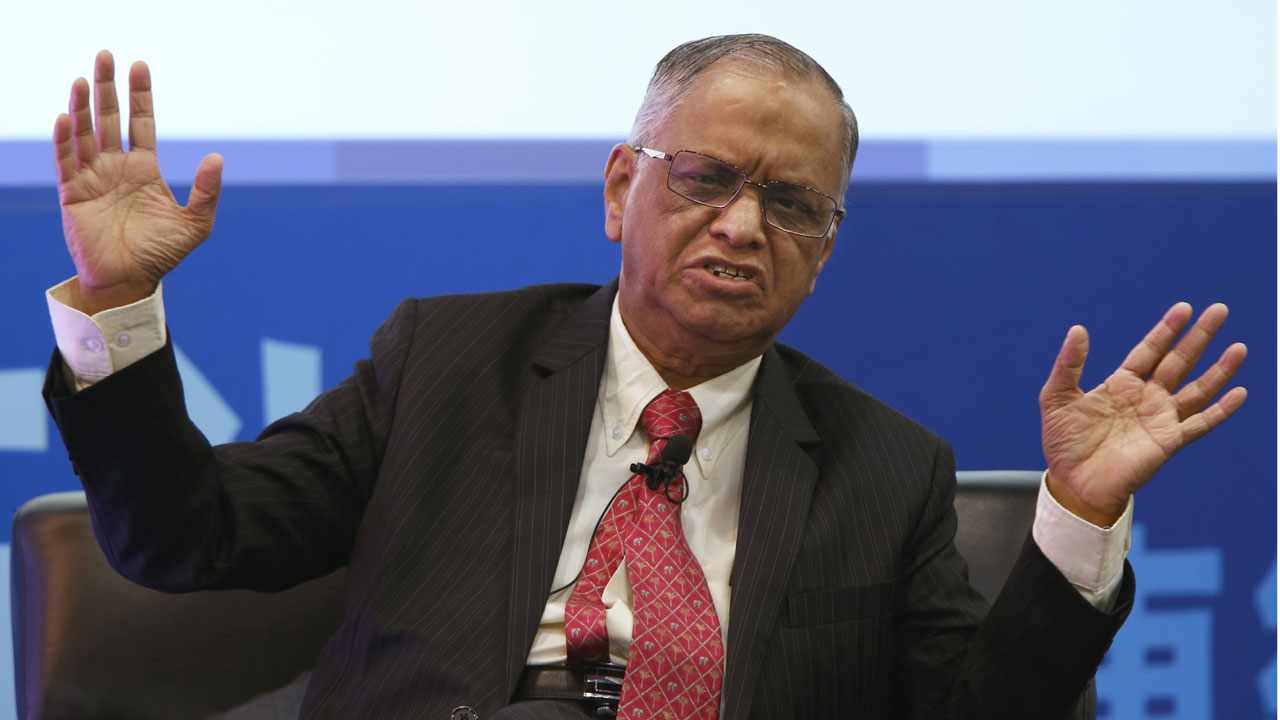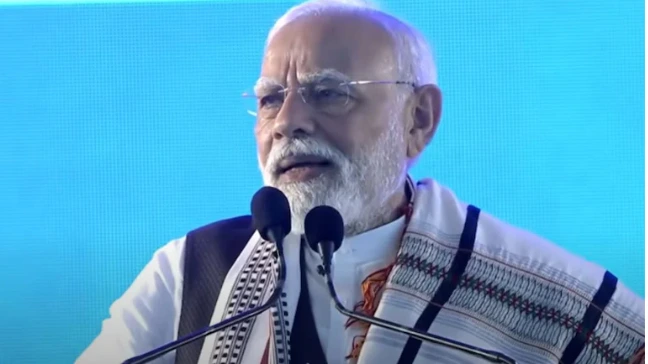[vc_row][vc_column][vc_column_text]Moody’s Investor Services today – Thursday, Oct 10 – slashed its 2019-20 growth forecast for India to 5.8% from 6.2% earlier, saying the economy was experiencing a pronounced slowdown which is partly related to long-lasting factors, fiscal stress among rural households and muted job creation.
What began as an investment-led slowdown has broadened into consumption, driven by financial stress among rural households and weak job creation, said the rating agency.[/vc_column_text][/vc_column][/vc_row][vc_row][vc_column][vc_column_text css=”.vc_custom_1570707574002{border-top-width: 10px !important;border-right-width: 10px !important;border-bottom-width: 10px !important;border-left-width: 10px !important;padding-top: 10px !important;padding-right: 10px !important;padding-bottom: 10px !important;padding-left: 10px !important;background-color: #cecece !important;border-radius: 10px !important;}”]Moody’s projection is the most pessimistic so far, according to a media report, lower than Reserve Bank of India’s last week’s forecast of 6.1%, and comes ahead of International Monetary Fund’s (IMF) growth projections due next week.
Last month, Asian Development Bank (ADB) and the Organisation of Economic Co-operation and Development (OECD) lowered FY20 growth forecast for India by 50 basis points and 1.3 percentage points to 6.5% and 5.9%, respectively.
Last week, the Reserve Bank of India (RBI) also slashed its growth projection for the economy by 80 basis points, from 6.9% to 6.1%, for 2019-20.
Rating agency Standard & Poor’s (S&P) has also cut down its India growth forecast to 6.3% from 7.1% earlier.
In June, Fitch cut India’s growth forecast for the current fiscal for a second time in a row to 6.6 per cent. It had earlier in March lowered the growth estimate for 2019-20 to 6.8 per cent, from 7 per cent projected earlier, on weak momentum of the economy.[/vc_column_text][/vc_column][/vc_row][vc_row][vc_column][vc_column_text]Moody’s said in its report: “The drivers of the deceleration are multiple, mainly domestic and in part long-lasting.”
Moody’s said a prolonged phase of softer growth in India would dampen prospects for the government’s fiscal consolidation plans and hamper its ability to prevent a rise in the debt burden, thus constraining the country’s sovereign credit profile.
“While we expect a moderate pick-up in real GDP growth and inflation over the next two years supported by monetary and fiscal stimulus, we have revised down our projections for both. We forecast real GDP growth to decline to 5.8% in the fiscal year ending in March 2020 (fiscal 2019) from 6.8% in fiscal 2018, and to pick up to 6.6% in fiscal 2020 and around 7.0% over the medium term. Compared with only two years ago, the probability of sustained real GDP growth at or above 8% has significantly diminished,” it added.
The Indian economy is battling a severe demand slowdown and liquidity crunch which resulted in economic growth rate falling to a six-year low of 5% in the June quarter, while growth in private consumption expenditure slumped to an 18-quarter low of 3.1%.
The rating agency said what began as an investment-led slowdown has broadened into consumption, driven by financial stress among rural households and weak job creation. “A credit crunch among non-bank financial institutions (NBFIs), major providers of retail loans in recent years, has compounded the problem,” it added.
Moody’s said prospects for fiscal consolidation look limited, though rapid deterioration is also unlikely. “With the recently announced corporate tax cuts and lower nominal GDP growth, we now expect a central government deficit of 3.7% of GDP in fiscal 2019, marking a 0.4 percentage point slippage from its target. A prolonged period of slower nominal GDP growth not only constrains scope for fiscal consolidation, but also keeps the government debt burden higher for longer compared with our previous expectations,” it added.
India’s real GDP growth has declined in each of the past five quarters, falling to 5 per cent year-on-year in April-June 2019 from 8.1 per cent in January-March 2018.
“By international standards, 5 per cent real GDP growth remains relatively high, but it marks a low rate for India. Combined with a marked decrease in inflation in recent years, this has resulted in a material decline in nominal GDP growth from typical annual rates of 11 per cent or higher over the past decade, to around 8 per cent in the second quarter of 2019,” it said.
While private investment has been relatively weak since 2012, consumption — which makes up about 55 per cent of GDP — had remained robust. “However, private consumption growth has now also fallen quite sharply, to 3.1 per cent in the second quarter from 7.3 per cent in the first. This was the lowest rate of quarterly consumption growth since October-December 2014, and high-frequency consumption demand indicators (such as automobile, truck, two-wheeler and tractor sales) point to continued weakness,” it said.
The government has estimated that the corporate tax cut will reduce revenue by around Rs 1.45 lakh crore or about 0.7 per cent of GDP in 2019-20. “After factoring in exclusions for tax exemptions and the recent 0.3 per cent of GDP transfer of capital from the RBI, we expect a central government fiscal deficit of about 3.7 per cent of GDP in 2019-20, resulting in a slippage of 0.4 percentage points of GDP from the government’s target of 3.3 per cent,” Moody’s said.
As a result, the general government deficit, which at about 6.4 per cent in fiscal 2018 is already much larger than those of Baa-rated peers (median of 2.5 per cent), is likely to remain wider than Moody’s previously expected, it added.[/vc_column_text][/vc_column][/vc_row]


 Cricket news17 hours ago
Cricket news17 hours ago
 Cricket news18 hours ago
Cricket news18 hours ago
 India News18 hours ago
India News18 hours ago
 India News17 hours ago
India News17 hours ago
 India News18 hours ago
India News18 hours ago
 Entertainment14 hours ago
Entertainment14 hours ago
 Cricket news13 hours ago
Cricket news13 hours ago













